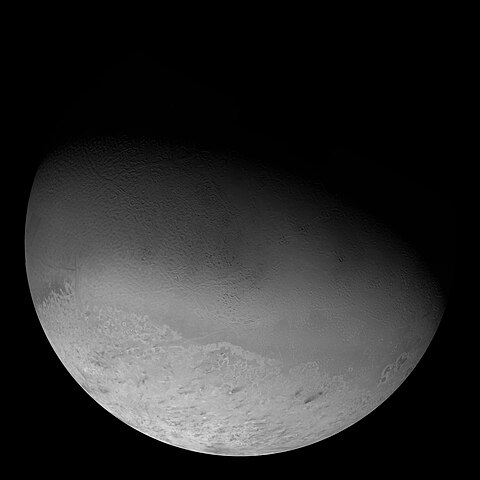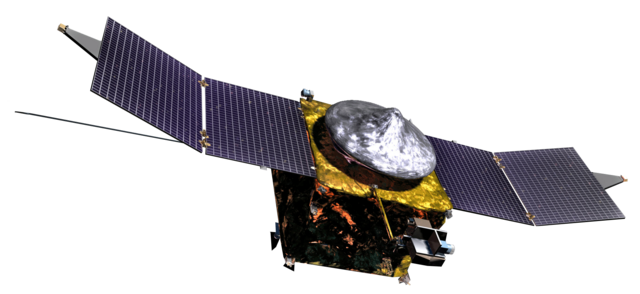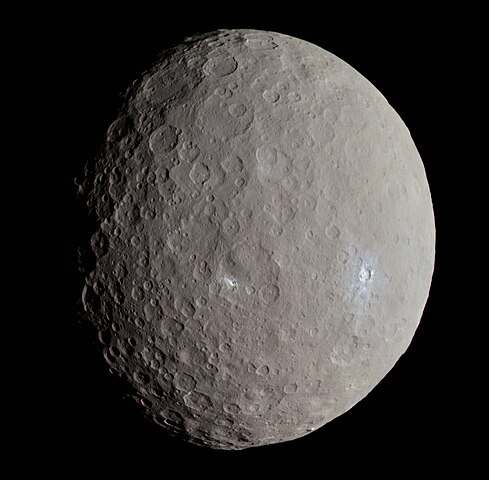Atlas of Space
Welcome to the Atlas of Space — an interactive visualization to explore the planets, moons, asteroids, and other objects in the Solar System.
- Scroll to zoom
- Click + drag to rotate
- Right-click + drag to pan
- Click on an object to learn more
Use Search or ⌃ + k to jump to a specific planet.
Use the Settings menu to update display settings or click Help to open this menu.
Triton
The largest of Neptune's moons, Triton is a unique captured Kuiper Belt object that orbits backwards around its planet and has active nitrogen geysers erupting from its frigid surface.
MAVEN
A spacecraft launched in 2013 that has been studying Mars' upper atmosphere, solar wind interaction, and atmospheric loss processes, helping scientists understand how the Red Planet lost most of its air and water over billions of years.
1 Ceres
The largest object in the asteroid belt and the only dwarf planet in the inner Solar System, Ceres is a spherical body composed primarily of rock and ice, with a dark, heavily cratered surface and mysterious bright spots of salt deposits in its Occator crater.
2024-2025
@gordonhart/atlasof.space


